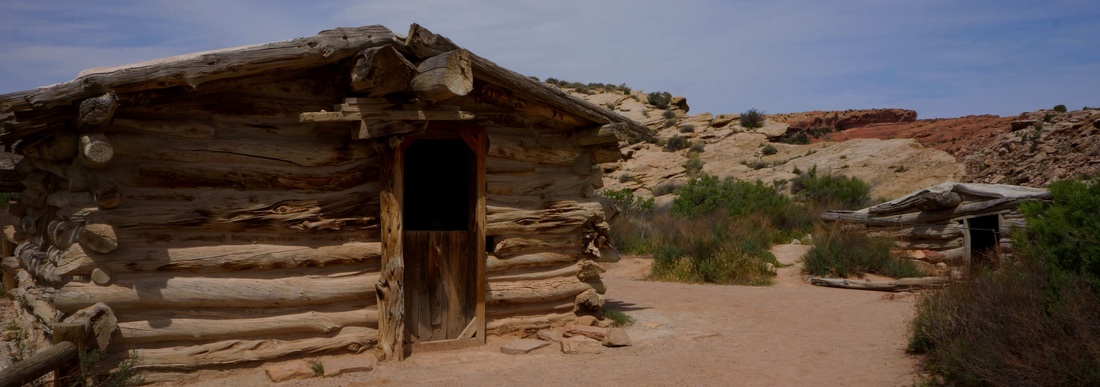|
SOMETIMES I WONDER HOW ODD a technology startup would look to the average Joe. If you described one to them, would they even believe it was a real company with strong prospects?
Here’s just one example of an early stage company with an innovative product in a highly regulated industry. It is smartly conceived, smartly executed and intelligently financed. The company, which will go unnamed here, is headquartered in the southeastern United States. Like many startups, the company started out as an idea conceived by the founder. Organized as a single member limited liability company to start, the initial funding came from friends and family in the form of notes that convert in the future, at a reasonable discount, into company ownership later when a third party financing is completed. The first work was to see if the concept for the product could be designed and built. Rather than build out a staff of employees and rent space to build the prototype, the entrepreneur hired out most of the work carefully contracting to preserve his company’s rights. As you would expect, there were some zigs and zags as the concept was fleshed out and researched with at least two significant conceptual changes to make the product what it is now. Stretching his dollars when he could by associating with a fully equipped venture incubator / accelerator and hiring out regulatory work to experts, the founder was able to compete the prototype and the product testing required to get his product ready for regulatory review. A second round of financing to get the product through regulatory review and into early commercialization became necessary after the initial financing got the company through its product design and testing. After a broad search for regional and northeastern angel investors, the best money available was from a successful serial entrepreneur with family ties to the founder. Again, a convertible note was employed with a reasonable discount to the valuation obtained when the company does its first third party financing. The need for that is anticipated next year after regulatory approval is obtained and the company gears up to commercialize the product. Of course, lots of other things have been happening with the company. Reviews of the pending product with potential users and industry thought leaders has generated strong interest. A couple of key hires have been made and the company switched its legal representation on the recommendation of one of its investors. Here’s the company today in a nutshell. It has completed its product design and testing and is beginning the regulatory approval process. Initial interest from industry thought leaders and buyers is strong. The company is a single member limited liability company with the founder as its only owner. It operates out of the founder’s basement with two employees who mostly work from their locations where special equipment and resources are more readily available but who meet at least weekly to plan. The employees have options to buy ownership in the future contingent on their meeting milestones. It has money in the bank sufficient to reasonably carry it to the next phase all in the form of convertible debt. The managing board consists solely of the founder who is presently building an advisory board. This board will not have voting rights or responsibilities to manage the company. To fill this board, he is attracting people with expertise that can help him with the challenges he will have with the business as it grows from a development company into a commercial enterprise. So here we have a modern startup. Its product is ready and going into regulatory review. It has one owner, significant debt in the form of convertible notes, one founder, only two employees, an office at home, three lawyers in one law firm in three states, two out-of-state investors, and four advisory board members in four states across the country. It also has important relationships with an incubator and service provider. And, of course, money in the bank to fuel its next stage. What it lacks in brick and mortar it makes up for in intellectual property and progress. And, what did the founder think when he saw this posting? His two big take away messages were to be frugal and to "make sure you have savings to live off for a LONG period before you jump out on your own." He said he severely underestimated how long fundraising would take because he did not believe people who told him it would take so long. Fortunately, he had saved multiples of what he thought he would need before he started. Image above copyright Clinton Richardson from Arches National Park. The venture moola blog comes to you from Atlanta, Georgia. Find it at readjanus.com. Copyright Clinton Richardson.
Comments are closed.
|
the blog
Travel, history, and business with original photos.
your hostClinton Richardson - author, photographer, business advisor, traveler. Categories
All
Archives
July 2023
Follow us on Facebook
|
Check out Ancient Selfies a 2017 International Book Awards Finalist in History and 2018 eLit Awards Gold Medal Winner and
Passports in his Underpants - A Planet Friendly Photo Safari a 2020 Readers' Favorite Winner in Nonfiction
Site Copyright 2024 by Clinton Richardson

 RSS Feed
RSS Feed